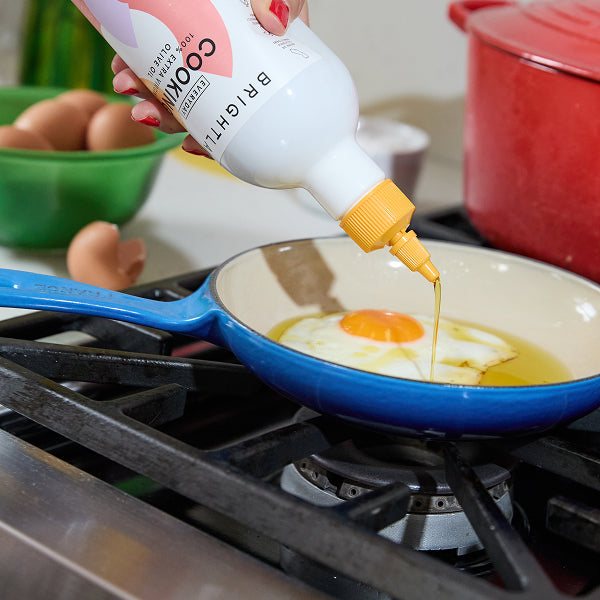[close type="rte"] [open type="rte"]If you are an avid home chef, you already know that vinegar is a pantry powerhouse with limitless uses. Working vinegar into your culinary toolkit is an excellent way to add a punch of flavor and personality to a host of dishes, especially salad dressings, marinades, chutneys, sauces and soups. At the same time, vinegar may be good for your health, possibly helping to control blood sugar and lower cholesterol. Indeed, there are no reasons not to keep vinegar in your culinary toolkit.
What Is Vinegar?
The word “vinegar” is derived from the French phrase “vin aigre,” meaning sour wine. It is a highly acidic cooking liquid that has been used for centuries to flavor, pickle and preserve.
Vinegar is a cooking liquid and flavoring agent with a tangy, sour taste which is generally made from grapes, grains, sugar or spirits. It gets its flavor profile from its high concentration of acetic acid, a solution obtained by fermenting alcohol or sugars. It is used to flavor dishes — often to add a brightness or a “punchy” flavor to whatever you are making — and as a preserving and pickling agent to keep foods fresh.
The Science of Vinegar as a Cooking Agent
What does vinegar do as a cooking agent? First and foremost, it is used to flavor. Depending on the variety, vinegar can bring a sour, tangy, sweet, mild, malty, woody or even buttery flavor to your dish. It can also be used to color or discolor foods. Because of its unique ability to break down proteins, vinegar is also used as a marinade to help tenderize meats and veggies. It is also used to “quick pickle” veggies because it helps to speed up fermentation and creates good bacteria that makes food last longer.
The Basics of Cooking with Vinegar
- Know Your Types — As previously mentioned, vinegar comes in many varieties, each of which has its own unique flavor profile. Try them plain or as a base for flavored vinegars to dress up all sorts of foods. The most popular types of vinegar to keep in your pantry include:
- Balsamic. The crème de la crème of vinegars, balsamic vinegar is the cherry-colored liquid often seen drizzled across summer veggies. It is a grape-based vinegar which is known for its sweet, bold, decadent and rich flavor profile. Try our RAPTURE Balsamic Vinegar — a lovingly crafted zinfandel vinegar made from California grapes and Triple Crown blackberries — to see what this kind of vinegar is all about.

[close type="images"] [open type="rte"]
- White wine. Another superior vinegar option, white wine vinegar is made with different varieties of white grapes. Our PARASOL Champagne Vinegar is a great high-quality white wine vinegar crafted from chardonnay grapes and juicy oranges for a bright, effervescent flavor profile.
- Apple cider. Unsurprisingly, apple cider vinegar is made from cider or apple must (juice containing the stems and seeds of apples). It has a strong, potent flavor and is often diluted before consuming.
- Rice vinegar. A staple in East Asian and Southeast Asian cuisine, rice vinegar is made from fermented rice and features a more delicate, mild and sweet flavor. It is most commonly used to sweeten foods, including dressings, marinades, rice and pickled vegetables.
- Buy High-Quality — Just like you should always buy high-quality olive oil, you should be picky about what kind of vinegar you use. The more high-quality your vinegar, the better the flavor profile and the more dense the nutrients. Look for vinegars that are double-fermented with California-grown fruit.
- Think Beyond Dressings and Drizzles — Vinegar is a surprisingly adaptable pantry go-to, so be sure to consider it in recipes that go further than the obvious dressings, marinades and drizzles. You can use good-quality vinegars in so much — from expertly crafted home cocktails to gourmet frittatas and beyond.

Knowing how and when to use vinegar is a spectacular way to advance your cooking skills and create more flavorful, complex and healthy dishes. Try Brightland’s delicious array of quality California-made vinegars to get the most out of this versatile liquid.
SHOP FLAVORED VINEGARS [close type="rte"]



























